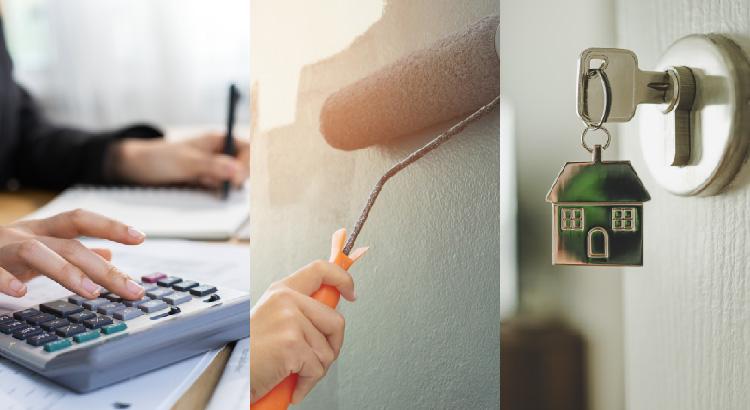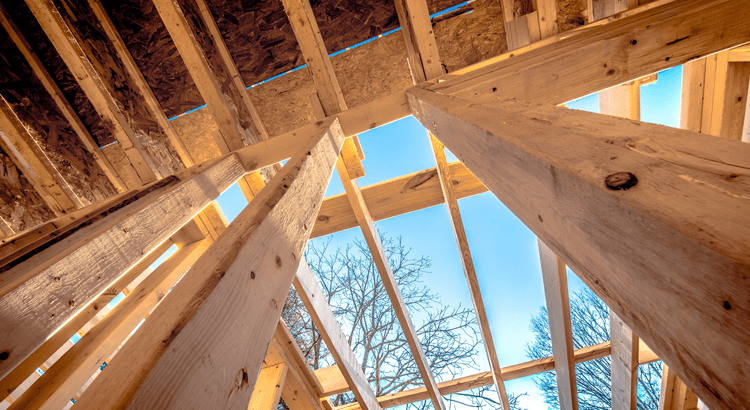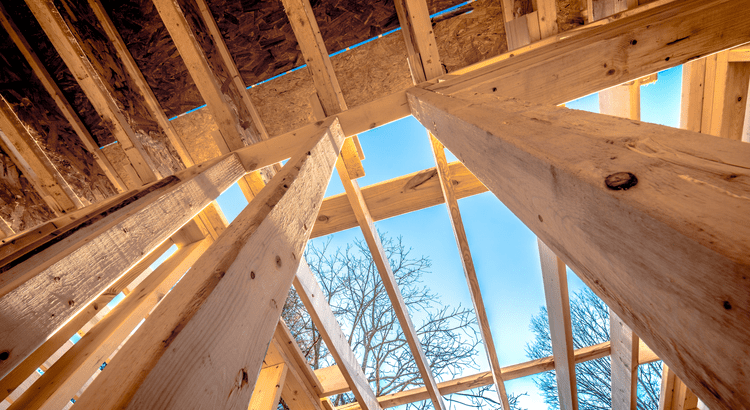
If retirement is on the horizon, now’s the time to start thinking about your next chapter.

If retirement is on the horizon, now’s the time to start thinking about your next chapter.

Let’s face it — buying a home can feel like a challenge with today’s mortgage rates.

Let’s face it — buying a home can feel like a challenge with today’s mortgage rates.

Last year, as many as 1 in 3 sellers took their home off the market because it wasn’t selling.

It’s no secret that affordability is tough with where mortgage rates and home prices are right now.

It’s no secret that affordability is tough with where mortgage rates and home prices are right now.

There’s one big mistake you need to avoid when you sell your house this year: setting your price too high.

There’s one big mistake you need to avoid when you sell your house this year: setting your price too high.

Today, 17% of homebuyers are choosing multi-generational homes — that’s when you buy a house with your parents, adult children, or even distant relatives.

Today, 17% of homebuyers are choosing multi-generational homes — that’s when you buy a house with your parents, adult children, or even distant relatives.